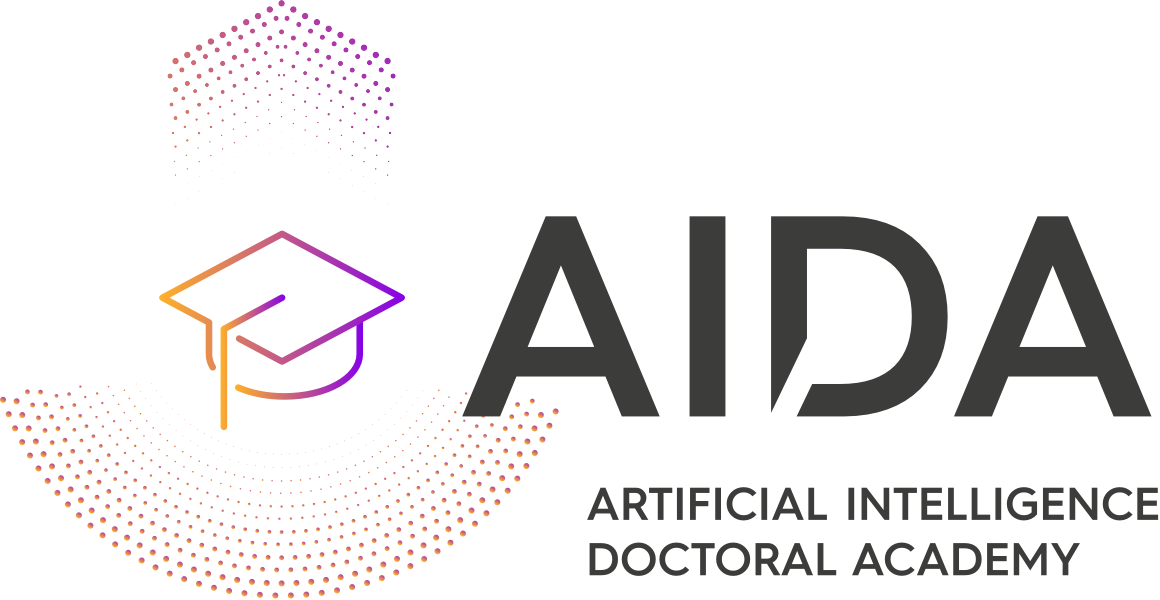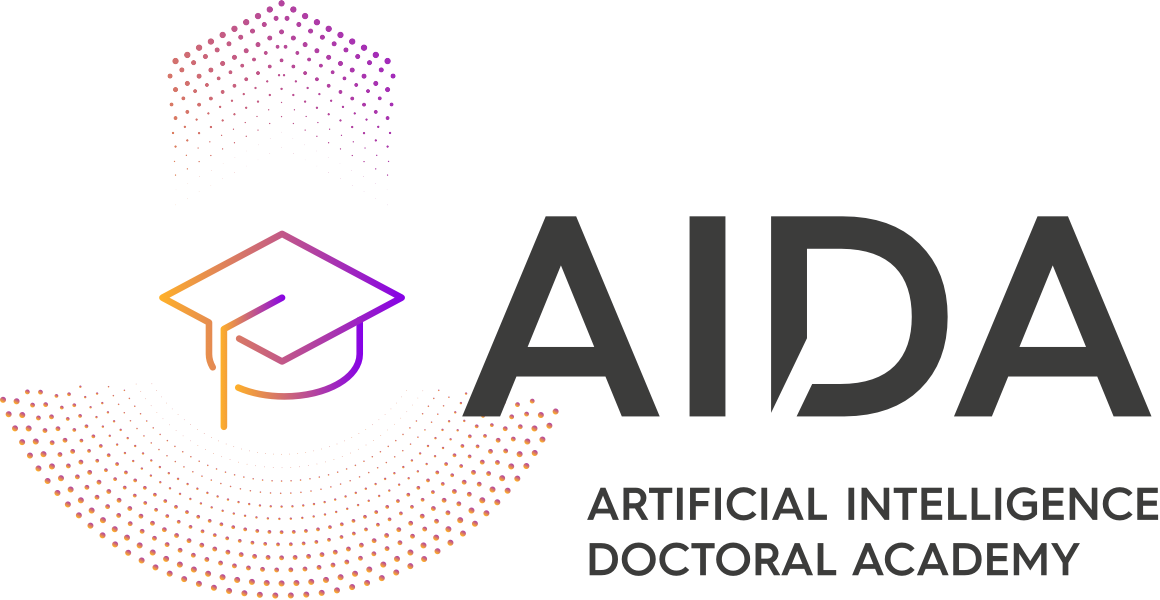This lecture overviews Dimensionality Reduction that has many applications in object clusring and object recognition. It covers the following topics in detail: Feature selection. Principal Component Analysis. Linear Discriminant Analysis. SVD Data Compression. Multidimensional Scaling. Non-negative matrix factorization, Learning Vector Quantization.
Archives: Resources
Resource description
Graph-Based Pattern Recognition
This lecture overviews Graph-Based Pattern Recognition that has many applications in data clustering and dimensionality reduction. It covers the following topics in detail: Graph-based Clustering, Locality Preserving Projections, Locally Linear Embedding, ISOMAP, Laplacian Embedding, Linear Discriminant Analysis, Marginal Fisher Analysis, Local Fisher Discriminant Analysis, Semi-supervised Discriminant Analysis, Laplacian Support Vector Machines.
Decision Surfaces. Support Vector Machines
This lecture overviews Decision Surfaces and, in particular, Support Vector Machines that have many applications in Machine Learning and Pattern Recognition. It covers the following topics in detail: Decision surfaces. Hyperplanes. Non-linear Decision Surfaces. Quadratic (2nd degree polynomial) surfaces, Hyperellipsoid/Hyperparaboloid. Support Vector Machines, Margin Maximization, Lagrangian Primal/Dual Problem, Kernel SVM.
Label Propagation
This lecture overviews Label Propagation that has many applications in pattern recognition (semi-supervised learning) and in the study of diffusion processes. It covers the following topics in detail: Graph construction approaches (Adjacency Matrix Construction, Graph Weighting, Simultaneous Graph Construction and Weighting). Label Inference Methods (Graph Min-cut, Markov Random Fields, Gaussian Random Fields, Local and Global… Continue reading Label Propagation
Data Clustering
This lecture overviews Data Clustering that has many applications in e.g., facial image clustering, signal/image clustering, concept creation. It covers the following topics in detail: Clustering Definitions. Distance measures, Mahalanobis distance, Euclidean distance, Lp norm, L1 Norm Similarity measures, Cosine similarity, Correlation coefficient. Distance Functions between a Point and a Set. Distance Functions between two… Continue reading Data Clustering
Distance-based Classification
This lecture overviews Distance-based Classification that has many applications in classification. It covers the following topics in detail: k-Nearest neighbor classification, Nearest neighbor graphs Supervised Learning Vector Quantization, LVQ1/2/3.



